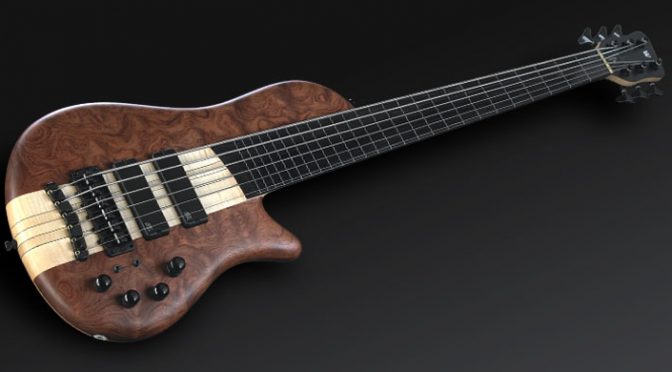6-String Fretless Bass Modal Improvisation – Bass Practice Diary – 29th December 2020
This is a modal improvisation on my Warwick Thumb SC 6-string fretless bass. What do I practice in the week between Christmas and New Year? Inevitably I’ve practiced less at Christmas than I usually would. Normally I would have been visiting various family members. But all my plans were cancelled at the last minute due to a COVID lockdown announced by the UK government on December 19th. However, despite that, I still have a wife and son at home, so my usual practice time got devoted to trying to make Christmas special for them despite the restrictions.
So, what should you practice at a time when you haven’t done much practice? For me, the answer is, just play! Play for fun, improvise, play for the love of playing music. Don’t worry about whether it’s good or not. Just get the feeling of the strings back under your fingers. So, with that in mind, here’s a video of me improvising on a short modal chord sequence that I’ve been playing around with this week.
The Chords
I’ve called this a modal improvisation. But how can it be called modal if I’m improvising over a chord sequence? The reason I’m calling it modal is because the chords are not connected by diatonic harmony. So I’m thinking of each chord as being a different scale or mode to improvise on. There is no key that connects the chords. They are simply connected by a bass note, each chord is played over an E bass note.
The chord progression in the video is very simple. It starts on an Eb major chord over an E natural bass note. That chord resolves upwards onto an Emaj7 chord. Then I raise the 5th and make that chord an Emaj7#5 before dropping back onto the Emaj7. These might sound like really small changes, and they are. But each chord change creates the sound of a new mode.
I think it’s an interesting way to think about chord progressions. Rather than thinking about chord changes. Think about changing just one note in a chord and see how that one note changes the overall sound.

